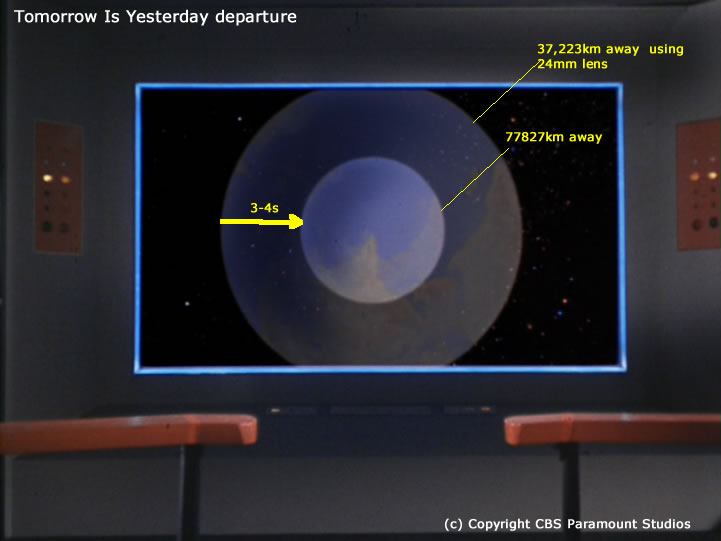I dunno about the delay in time as TOS was pretty spritely when a request is given for high acceleration*.
In "Tomorrow Is Yesterday" no specific departure speed is given so she departed in a leisurely fashion and got up to ~0.03c in 4 seconds.

But in "The Squire of Gothos" when Kirk orders "maximum acceleration", they bolted up to ~0.28c in about 4 seconds which is might fast, IMHO.

I'd imagine the TMP reverse-angle scene would yield similar acceleration levels.
*Although I do believe that in TOS, impulse and warp efficiency drops off as they get closer to planets and stars.
In "Tomorrow Is Yesterday" no specific departure speed is given so she departed in a leisurely fashion and got up to ~0.03c in 4 seconds.

But in "The Squire of Gothos" when Kirk orders "maximum acceleration", they bolted up to ~0.28c in about 4 seconds which is might fast, IMHO.

I'd imagine the TMP reverse-angle scene would yield similar acceleration levels.
*Although I do believe that in TOS, impulse and warp efficiency drops off as they get closer to planets and stars.
Last edited:



 )
)  ). For TNG acceleration, I only recall a lumbering E-D that occasionally makes fast banking turns but with no obvious reference points.
). For TNG acceleration, I only recall a lumbering E-D that occasionally makes fast banking turns but with no obvious reference points.